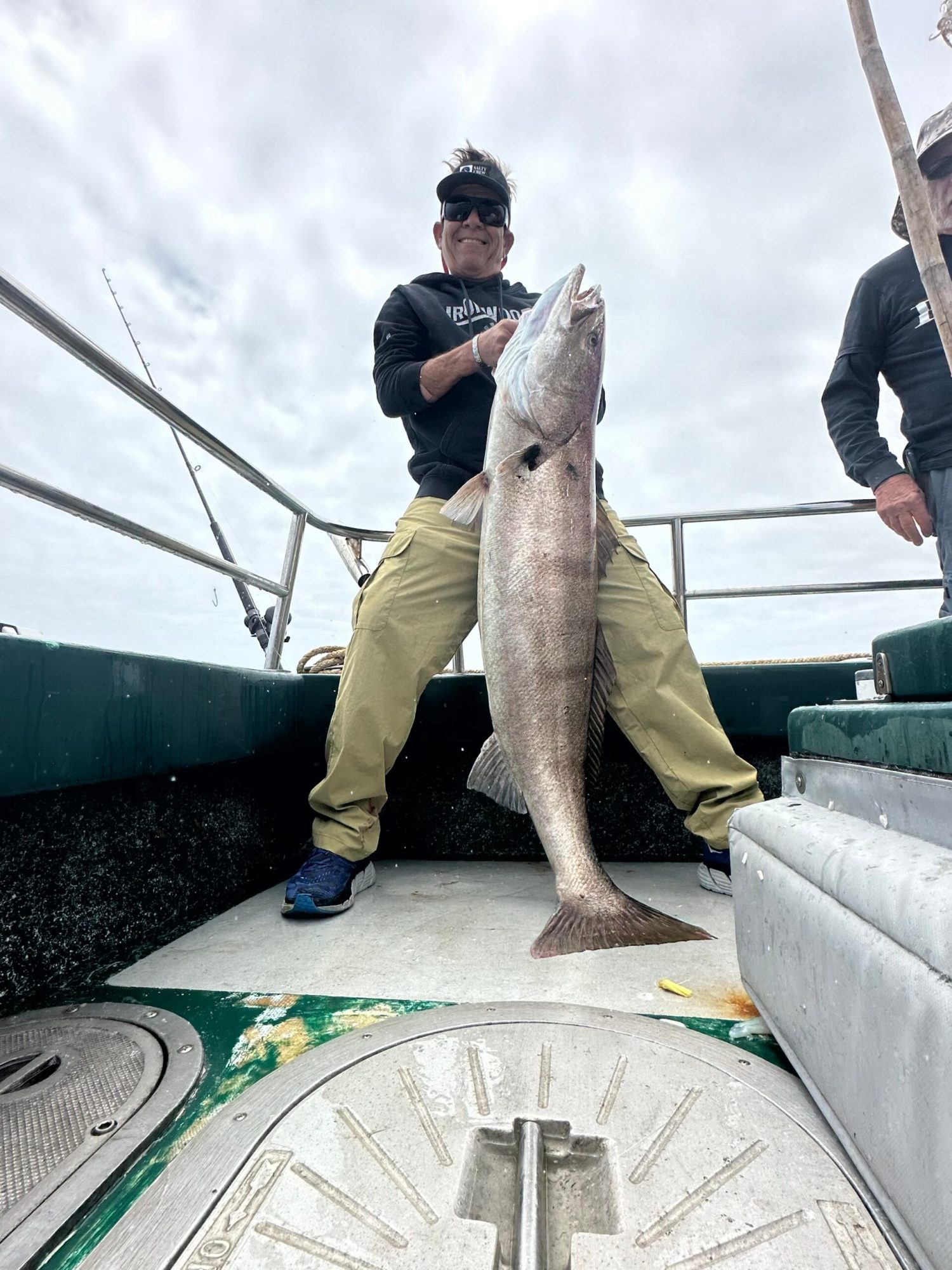Fall Fishing Focus: How to Target White Seabass off the Southern California Coast

As summer fades and the water begins to cool, anglers in Southern California know it’s prime time to switch gears and start chasing one of the most exciting species of the season: white seabass. These elusive, hard-fighting, and delicious fish are a bucket-list catch for many local and visiting anglers—and fall is a surprisingly good time to find them.
Why Fall is Underrated for White Seabass
Although white seabass are often associated with spring, the early fall months offer a unique sweet spot. Water temperatures begin to dip just slightly, baitfish become more active nearshore, and the heavy summer boat traffic thins out—creating a calmer, quieter, and often more productive experience for targeting seabass.
This combination of factors makes September through November an ideal window to land a trophy.
What Makes White Seabass So Special?
White seabass are not only known for their powerful runs and challenging fight, but they’re also prized for their clean, mild-flavored fillets. Found near kelp beds, rocky reefs, and drop-offs, these predators often move in schools and are known to strike hard—especially when using live bait like squid.
Add to that their average size (typically 20–40 pounds, but 60+ pound fish are not unheard of), and you’ve got a game fish that’s both respected and pursued by pros and beginners alike.

How to Target Them in Fall
-
Best Locations:
In the fall, white seabass tend to be found around Catalina Island, San Clemente Island, and the coastal kelp beds just outside Dana Point Harbor. Look for areas with structure and steady current. -
Tackle & Bait:
The go-to bait is live squid, especially at dawn and dusk. Fishing with a dropper loop or sliding sinker rig near the bottom is usually most effective. Medium to heavy rods (rated for 25–40 lb line) and fluorocarbon leaders give you the strength and stealth needed to land a big one. -
Best Time of Day:
Twilight and overnight trips offer the best chance, as white seabass tend to feed more aggressively in lower light conditions. Dana Wharf’s extended-range and overnight trips are ideal for this kind of pursuit.
Why Fish for Seabass with Dana Wharf?
Fishing for white seabass requires local knowledge, the right gear, and the patience to strike when conditions line up. Our captains and crew know the waters like the back of their hand and will put you in the best position possible to land your dream catch.
We provide top-quality gear, expert guidance, and an experience that’s fun whether you’re chasing your first seabass or your fiftieth.

